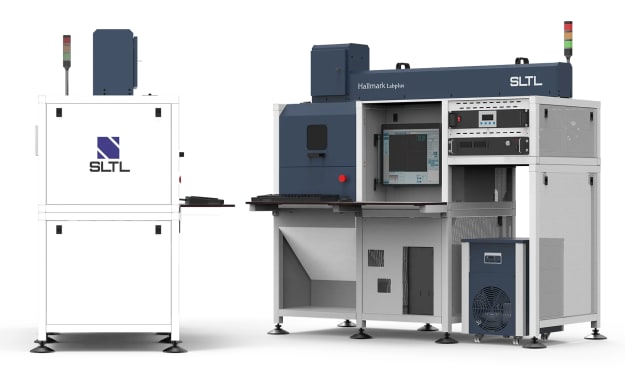How To Install The Computer Network Efficiently
Network
gInstalling a computer network can seem like a daunting task, but with the right preparation and knowledge, it can be a smooth and efficient process. Here are the steps to help you install a computer network efficiently.
Plan your network: Before you start installing the network, it is essential to plan your network's infrastructure. Determine the number of computers, devices, and the location of each component. It is also important to consider future expansion plans to ensure that your network has room to grow.
Choose the right hardware: Select the hardware that is appropriate for your network's size, speed, and budget. This may include network switches, routers, modems, and network interface cards (NICs).
Set up the network switch: Connect the network switch to the modem and plug in all the other devices, including computers and printers. Make sure to label each port for easy reference.
Configure the router: Configure the router's settings, including the IP address, subnet mask, gateway, and DNS server information. You can access the router's settings by accessing its web interface through a web browser.
Install network cards: Install network interface cards (NICs) in each computer and connect them to the network switch using Ethernet cables.
Assign IP addresses: Assign a unique IP address to each computer, printer, and other device on the network. You can do this either manually or automatically using a DHCP server.
Test the network: Test the network to make sure all devices are connected and communicating properly. You can use tools like "ping" to test the network's connectivity.
Secure the network: Implement security measures like firewalls, password protection, and encryption to prevent unauthorized access to your network.
By following these steps, you can install a computer network efficiently. Regular maintenance and updates can help ensure the network runs smoothly and efficiently.
Document your network: Keep a record of all the settings and configurations you have made during the installation process. This will be helpful in the future if you need to make any changes or troubleshoot any issues.
Regular software updates: Regular software updates are crucial to ensuring the security and stability of your network. Software updates can fix known vulnerabilities and provide new features. Make sure to keep all the devices on your network up-to-date.
Monitor network performance: Regularly monitor the performance of your network to identify any potential issues before they become problems. You can use tools like network monitoring software to keep an eye on network traffic, bandwidth utilization, and response time.
Set up remote access: If you need to access your network from a remote location, you can set up remote access through a VPN (Virtual Private Network). This will allow you to securely access your network from anywhere in the world.
Use network segmentation: Network segmentation can help improve network security by dividing the network into smaller subnets. This limits the spread of malware and makes it easier to identify and isolate infected devices.
Train your users: Educate your users on safe computing practices, such as not clicking on suspicious links or downloading unknown software. This can help prevent potential security breaches.
Back up your data: Regular data backups are essential in case of data loss or a disaster. You can back up your data to an external hard drive, cloud storage, or a network-attached storage (NAS) device.
Use anti-malware software: Anti-malware software can help protect your network from threats like viruses, Trojans, and spyware. Make sure to keep the anti-malware software up-to-date to ensure maximum protection.
Implement network access control: Implement network access control to control who has access to your network and what they can do on it. You can use tools like firewalls, VLANs (Virtual Local Area Networks), and RADIUS (Remote Authentication Dial-In User Service) servers to control access.
Use strong passwords: Use strong passwords for all devices on your network, including routers, switches, and servers. Passwords should be at least 12 characters long and include a mix of upper and lower case letters, numbers, and symbols.
Regularly review your network: Regularly review your network to make sure it is running efficiently and securely. This includes checking for any outdated software, monitoring network performance, and checking for any security breaches.
Seek professional help: If you're not confident in your ability to install and maintain a network, consider seeking professional help. A professional IT consultant can help you design, install, and maintain a secure and efficient network.
In conclusion, maintaining a computer network requires careful planning, ongoing maintenance, and regular updates. By following best practices and seeking professional help when needed, you can ensure that your network runs smoothly and efficiently. Your network is a crucial component of your business, and taking care of it will ensure that you are always connected and able to work efficiently.
About the Creator
Enjoyed the story? Support the Creator.
Subscribe for free to receive all their stories in your feed. You could also pledge your support or give them a one-off tip, letting them know you appreciate their work.






Comments
There are no comments for this story
Be the first to respond and start the conversation.